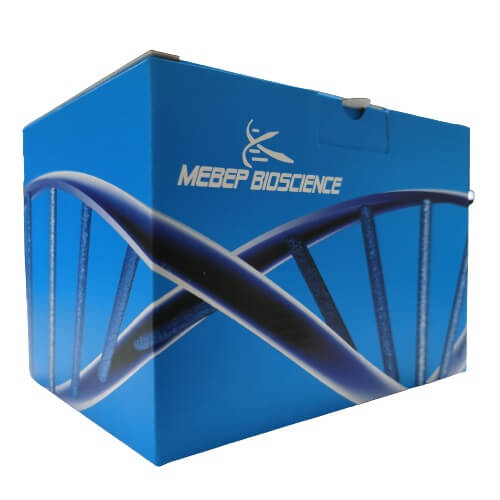
RNAclean RNA Purification Kit
2024-12-27
RNAsafe RNase inactivator
2024-12-27Product Number: RNK1501
Storage condition
Transparent liquid, with a storage period of 12 months at room temperature (18-25℃). If precipitation or precipitation is found during use, it can be re dissolved by heating at 37℃ and used without affecting product quality.
Description
Suitable for animal tissues (heart, liver, kidney, muscle, testes, brain, spleen, etc.), cultured cells, RNA viruses, fruit flies, bacteria, white blood cells, whole blood, some plant tissues, etc.
RNA keeper stabilization buffer is an aqueous, non-toxic tissue preservation liquid that can quickly penetrate into the cytoplasm of fresh tissue cells, stabilizing and protecting intracellular RNA in situ under non freezing conditions. After removing the tissue slice, immediately immerse it in the RNA keeper stabilization buffer for preservation without affecting the quality and quantity of future RNA extraction. The RNA keeper stabilization buffer eliminates the inconvenience of immediate processing or the need for liquid nitrogen storage of RNA samples. After immersion in the RNA keeper stabilization buffer, RNA in fresh tissue cells can be stored intact for one day at 37℃, one week at 25℃, one month at 4℃, and long-term at -20℃ or -80℃. RNA virus samples (such as HCV and HIV) can be stored at 37℃ for one month.
Features
1.Easy to operate: Cut the tissue into appropriate sizes and immerse it in the RNA keeper stabilization buffer to prevent RNA degradation.
2.No need for liquid nitrogen: The storage of samples does not require liquid nitrogen, dry ice or -80 ℃ refrigerator, especially suitable for rapid and large-scale collection of clinical and field samples.
3.Convenient transportation: Processed samples can be stored at 25 ℃ for a week, making it easy and cost-effective for sample mailing and transportation, which is beneficial for academic cooperation and exchange.
4.Multiple freeze-thaw cycles: Samples treated with RNA keeper stabilization buffer can undergo multiple freeze-thaw cycles, during which various treatments can be performed on the samples without affecting the quality of the final extracted RNA.
5.Strong comparability: RNA keeper stabilization buffer can reduce errors in large-scale sample processing, increase comparability between experimental numbers, and is particularly useful for analyzing large-scale gene expression profiles.
6.Wide compatibility: Multiple total RNA extraction reagents can be used to extract samples stored in RNA keeper stabilization buffer. It can also be directly used for tissue sectioning, immunology, and flow cytometry analysis without affecting the quality of RNA extraction.



